EXHIBITION
The Line
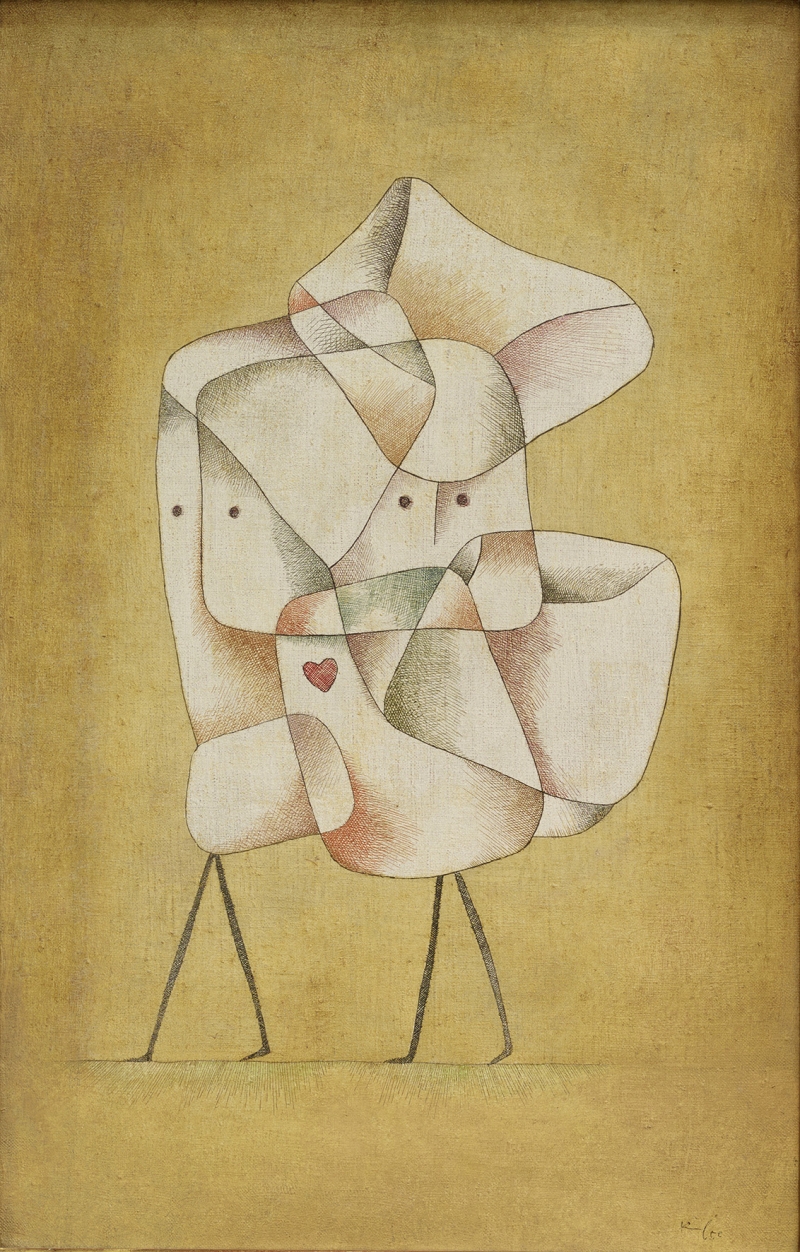
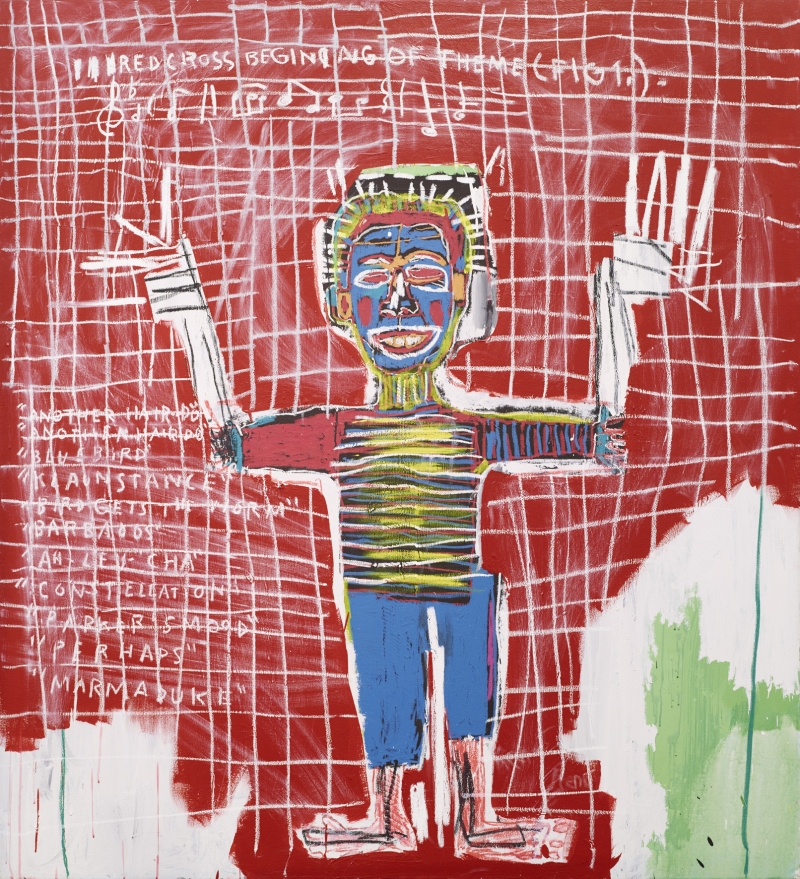
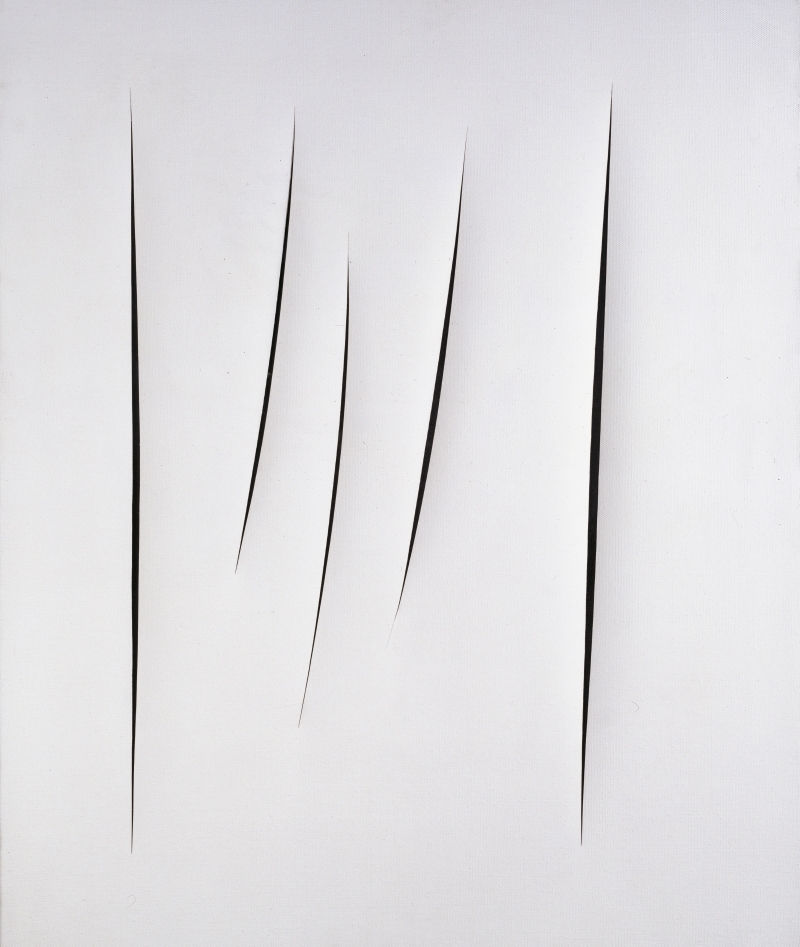
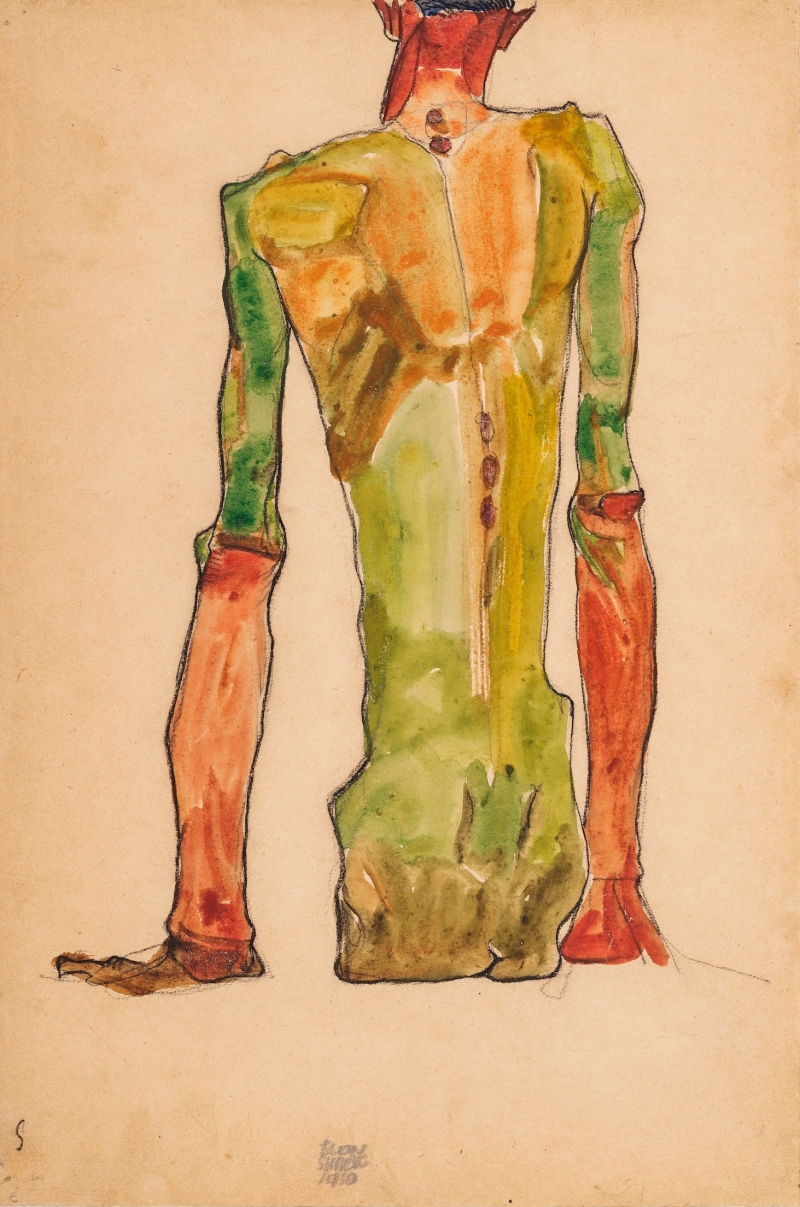
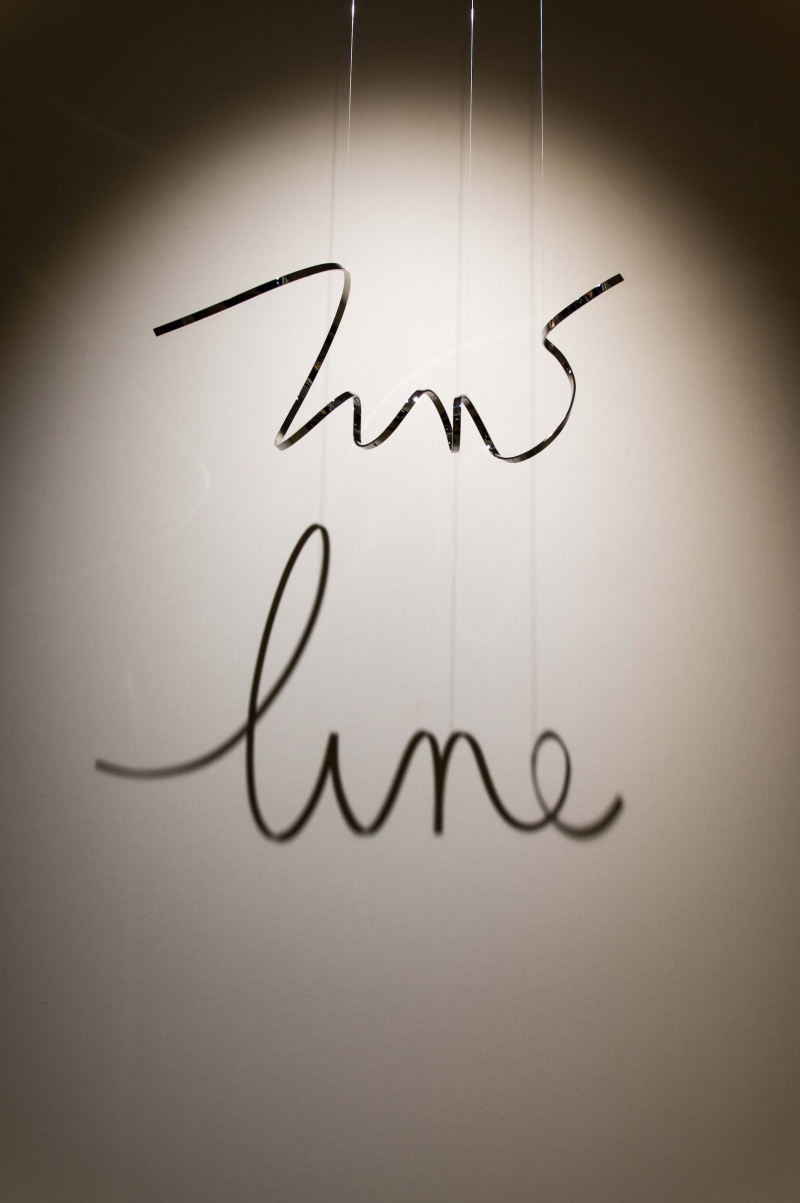
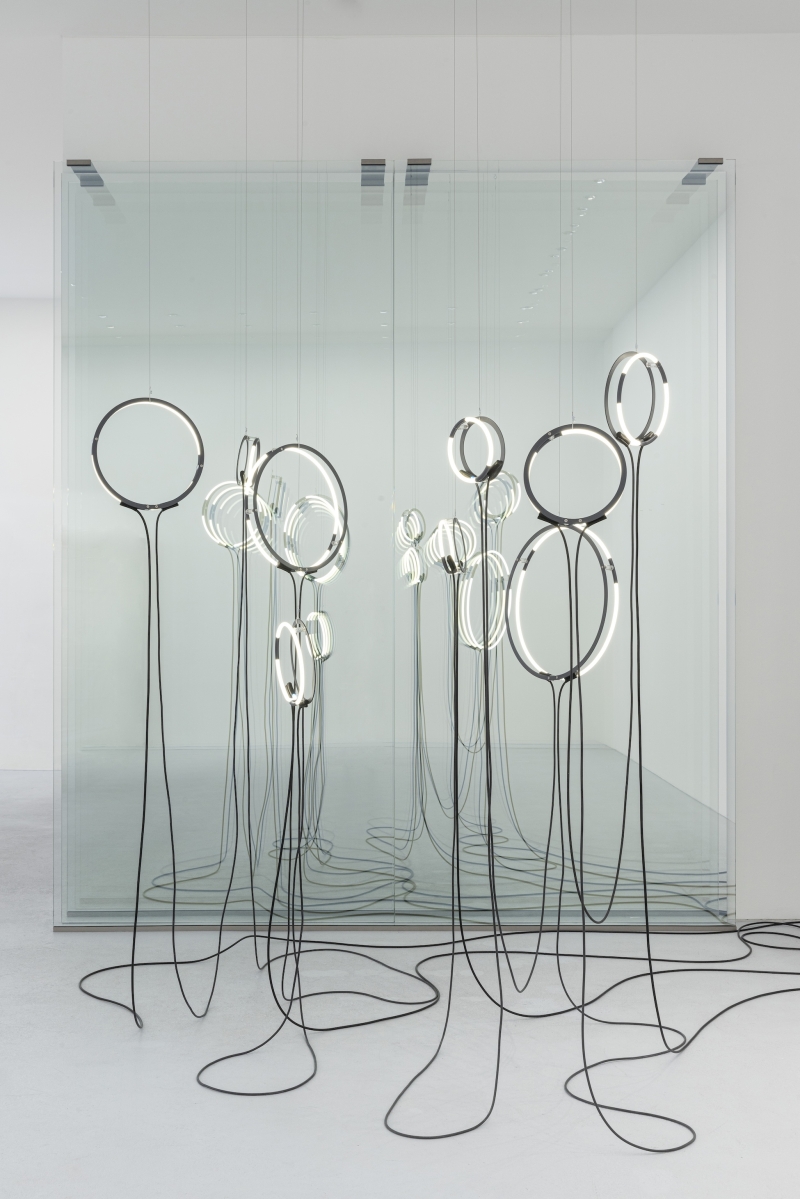
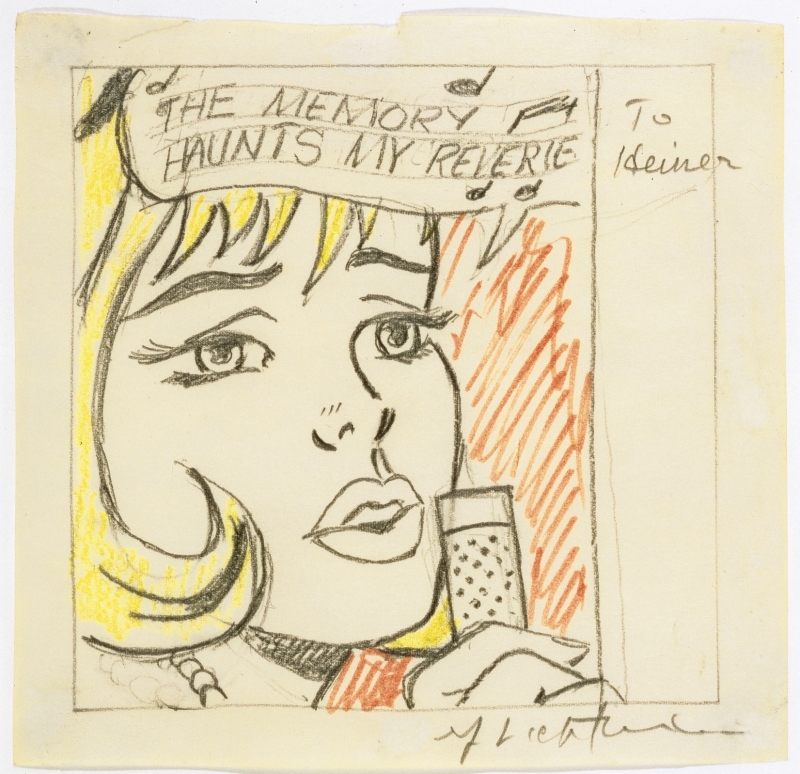
Paul Klee, Die Geschwister, 1930 © Heidi Horten Collection
Jean-Michel Basquiat, Red Savoy, 1983 © The Estate of Jean-Michel Basquiat
Lucio Fontana, Concetto Spaziale Attese, 1966 © Fondation Lucio Fontana, Milano, Bildrecht Wien
Egon Schiele, Sitzender männlicher Rückenakt, 1910 © Heidi Horten Collection, Photo: kunst-dokumentation.com / Manuel Carreon Lopez
Fred Eerdekens, Line, 2008 © Private Collection
Brigitte Kowanz, Relations, 2021© Estate Brigitte Kowanz / Bildrecht, Vienna 2025, Photo: Dirk Tacke
Roy Lichtenstein, The Memory Haunts my Reverie, ca. 1965 © Bildrecht, Vienna 2025, Photo: kunst-dokumentation.com / Manuel Carreon Lopez
“Line experiences many fates. Each creates a particular, specific world, from schematic limitation to unlimited expressivity. These worlds liberate line more and more from the instrument, leading to complete freedom of expression.”
Wassily Kandinsky, On Line (1919)
The exhibition Die Linie explores the line as a fundamental element of the visual arts. Moving between subjective gesture and constructive precision, it takes on countless roles: it structures surfaces and defines form, traces contours and boundaries, separates and connects. It documents time and space, describes reality, creates illusion, and captures the imaginary. In the infinite variety of its concepts, functions, and material forms, the line has much to reveal—about its time, its artists, and their concerns.
Starting from the classical medium of drawing, the exhibition examines the line’s potential to create artistic worlds and to respond, through art, to the world we live in. The focus lies on contemporary positions that transcend traditional genre boundaries, expanding the line into space and presenting it as a medium for reflecting on social and political realities.
19.9. 2025 - 8.3.2026
The artists featured in the exhibition are:
Pierre Alechinsky, Karel Appel, Kader Attia, Jean-Michel Basquiat, Pierre Bismuth, Angela Bulloch, Rosemarie Castoro, Christo und Jeanne-Claude, Marie Cool Fabio Balducci, Carola Dertnig, Marcel Duchamp, Fred Eerdekens, Amy Feldman, Dan Flavin, Lucio Fontana, Günther Förg, Lucian Freud, Gego (Gertrud Goldschmidt), Antony Gormley, Keith Haring, Alexej Jawlensky, Donald Judd, Birgit Jürgenssen, Reena Saini Kallat, Wassily Kandinsky, Žilvinas Kempinas, Kiluanji Kia Henda, Paul Klee, Gustav Klimt, Edgar Knoop, Joseph Kosuth, Brigitte Kowanz, Edward Krasiński, Alfred Kubin, Roy Lichtenstein, Constantin Luser, Piero Manzoni, Agnes Martin, Henri Matisse, Vera Molnár, François Morellet, Nick Oberthaler, Helga Philipp, Pablo Picasso, Giulia Piscitelli, Sigmar Polke, Jackson Pollock, Dieter Roth, Fred Sandback, Sonia Sanoja, Egon Schiele, Chiharu Shiota, Cy Twombly, Franz West, Andy Warhol.
Intervention by Chiharu Shiota
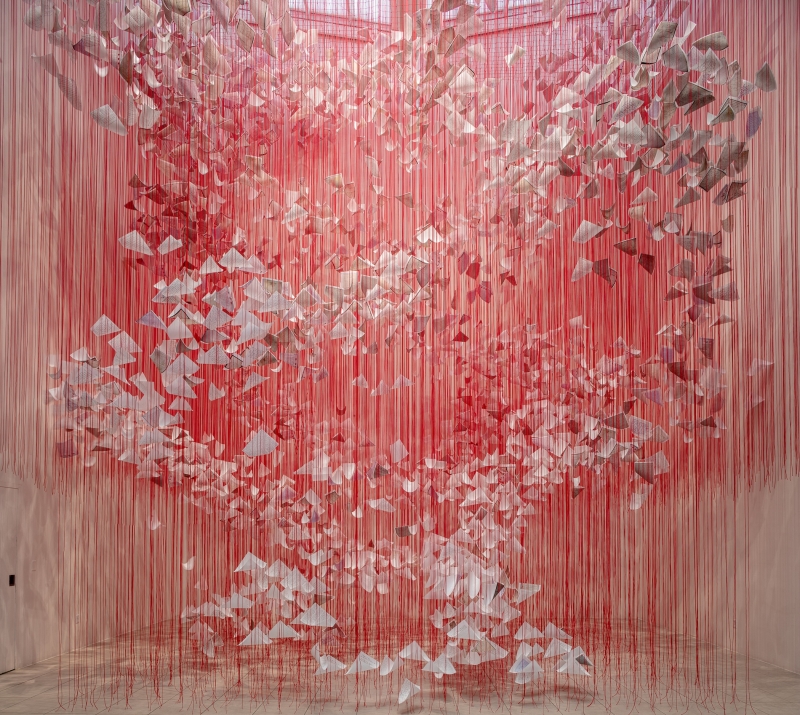
Chiharu Shiota, Letters of Love, 2022 © Installation view MOCA Jacksonville, Florida, USA, Photo: Doug Eng Copyright 2025 and the artist
With an expansive site-specific installation, Chiharu Shiota transforms the line into a three-dimensional form that will manifest as a dense web within the museum's architecture. As part of the exhibition “The Line,” Shiota’s “spatial drawing” explores the intangible:
Memory and mourning, as well as the connections between people. The intervention will begin as a participatory project involving the museum’s visitors.
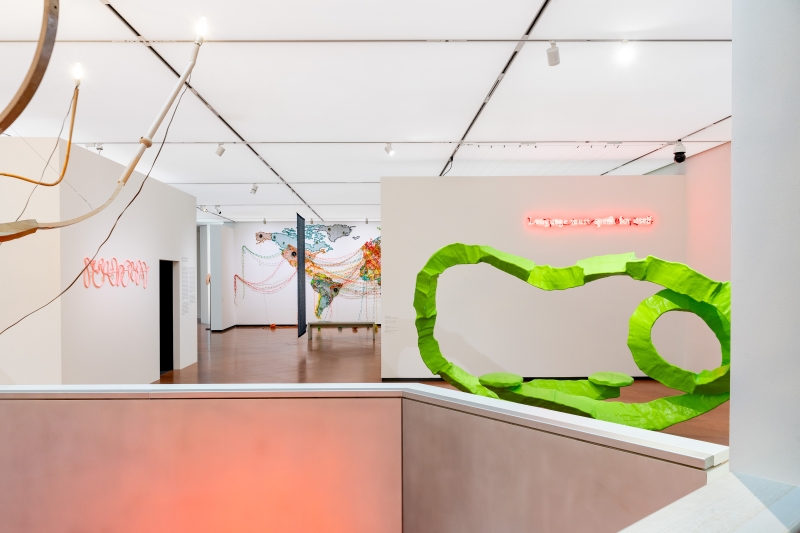
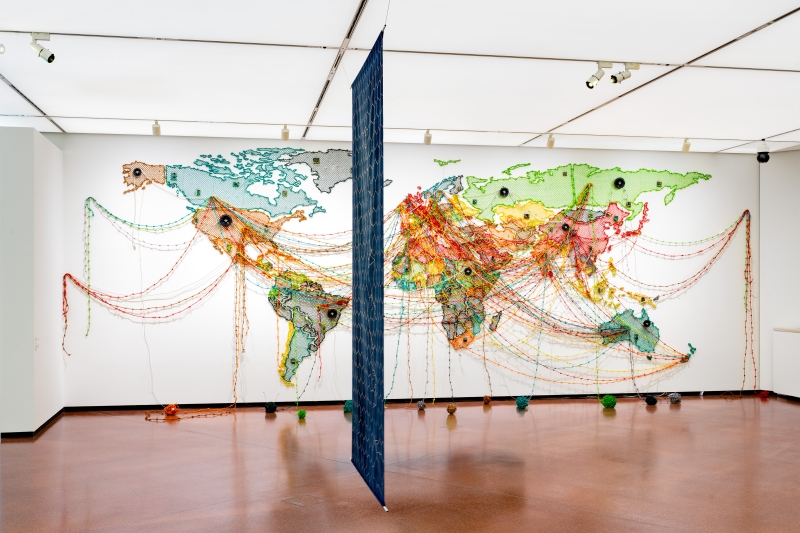
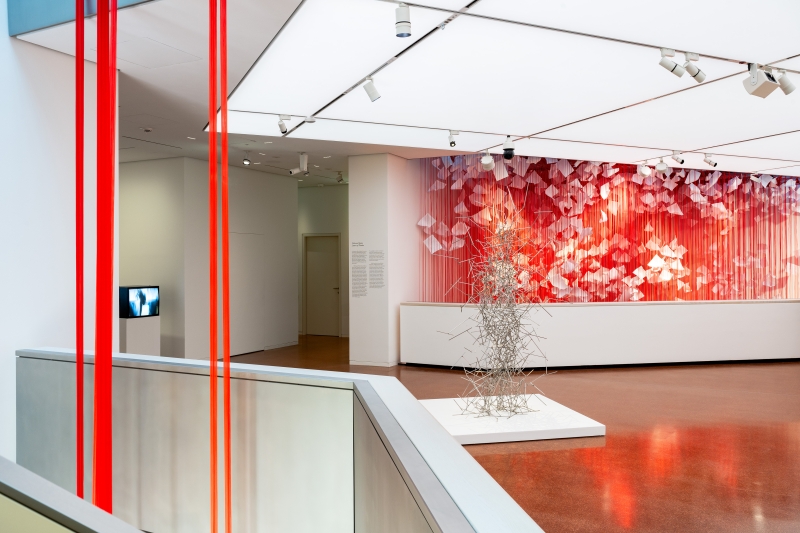
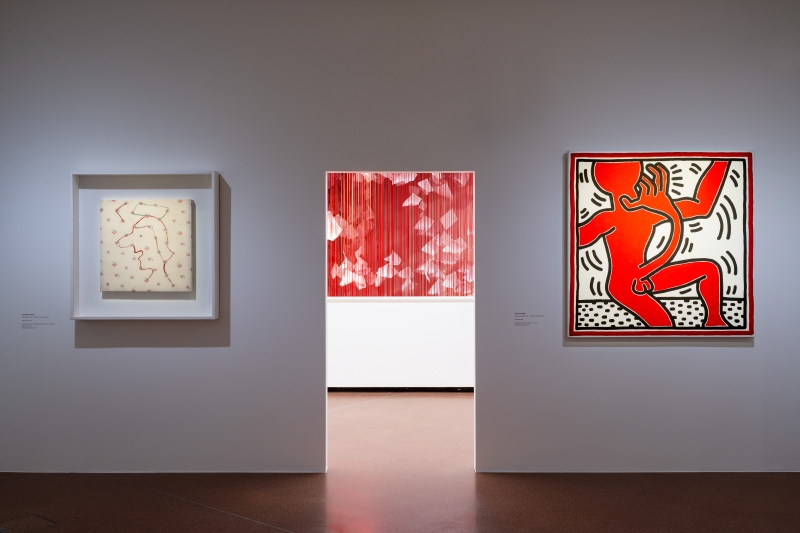
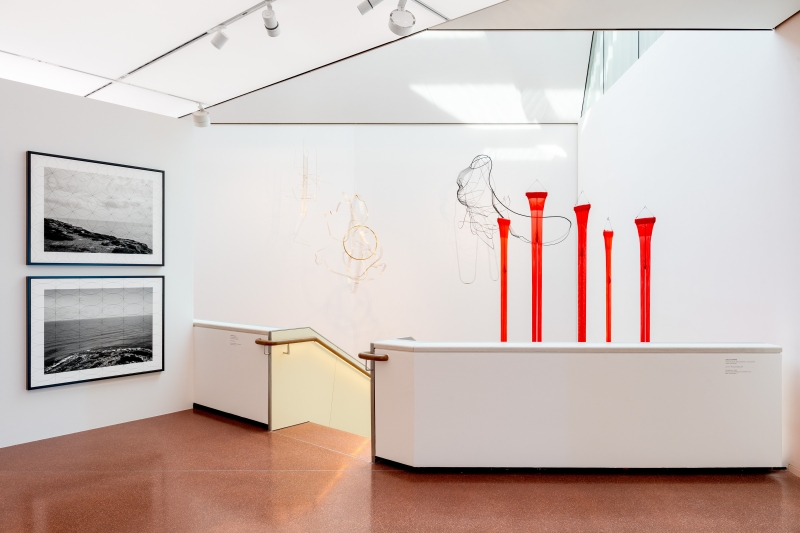
Exhibition View Die Linie, 2025, Photo: Simon Veres © Heidi Horten Collection
Installation
Frohes Fest 2



Gelatin, Frohes Fest 2, 2025
Textil, Glass, Wood, Metal, Galerie Meyer*Kainer, Wien
Photo: Simon Veres/Heidi Horten Collection
This year, the Heidi Horten Collection once again invited contemporary artists to create a sculpture inspired by the Christmas tree for the Advent season. In 2025, Gelatin will attract attention with their artwork Frohes Fest 2. This tradition of commissioning living artists to reinterpret the Christmas tree is unique in the German-speaking world.
Gelatin’s installation is a three-meter-tall, flesh-toned, cheerfully playful figure that oscillates between balancing act and performance. Perched on a visitor bench, the plush-like form appears to just barely maintain its equilibrium in an acrobatic pose. The fragile moment—accentuated by strategically placed Christmas ornaments at key pressure points—mirrors the pre-holiday interplay of anticipation, stress, and excitement. A familiar scene: even before the gift-giving begins, one must keep numerous “balls in the air” while “putting on a good show.”
The artists describe the work as “a balance between gesture and gymnastics. A self-staging of risk, festivity, and joy situated in a romantic precariat.” This subversive, humorous reflection strikes a social nerve and seamlessly continues the tradition of reimagining the Christmas tree each year—far removed from consumerism, kitsch, and routine.
26 November 2025 to February 2nd, 2026
A Special Museum Tradition
The Heidi Horten Collection’s holiday tradition stands out for its annual invitation to artists to rethink the cultural and social meaning of the Christmas tree and translate it into their own artistic vocabulary. In recent years, Manfred Erjautz (2022), Tillman Kaiser (2023), and Maruša Sagadin (2024) have each contributed their distinctly different perspectives on this motif. In this way, the Christmas tree—anchored for centuries across cultures as a symbol of life, hope, and the eternal cycle—becomes a projection surface for contemporary social questions, ironic twists, and critical viewpoints.
EXHIBITION
ORT – Ouriel Morgensztern
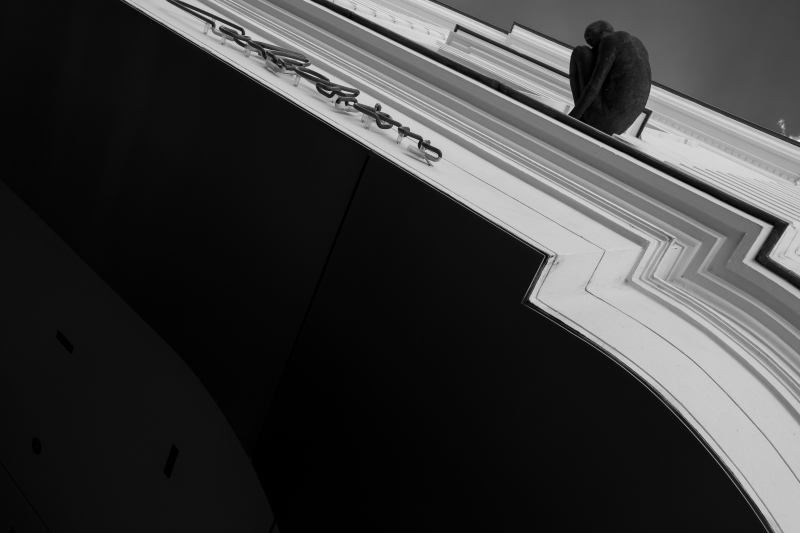
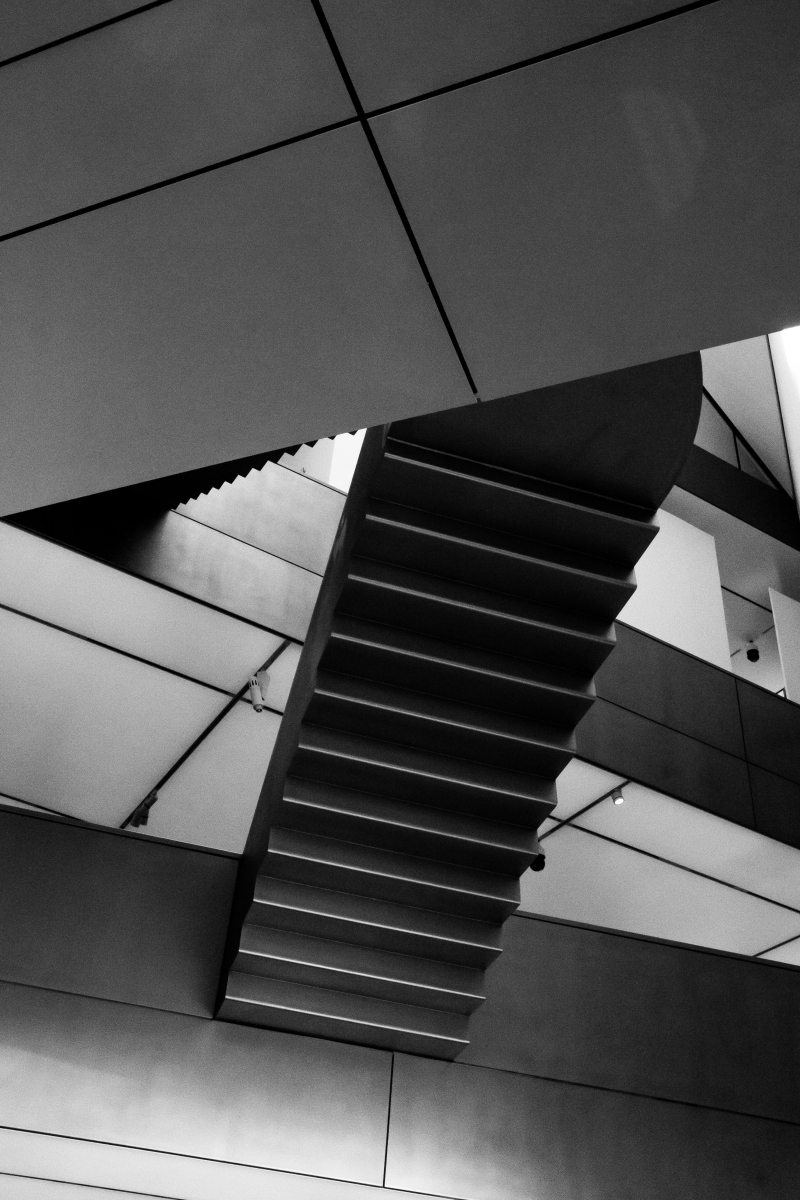
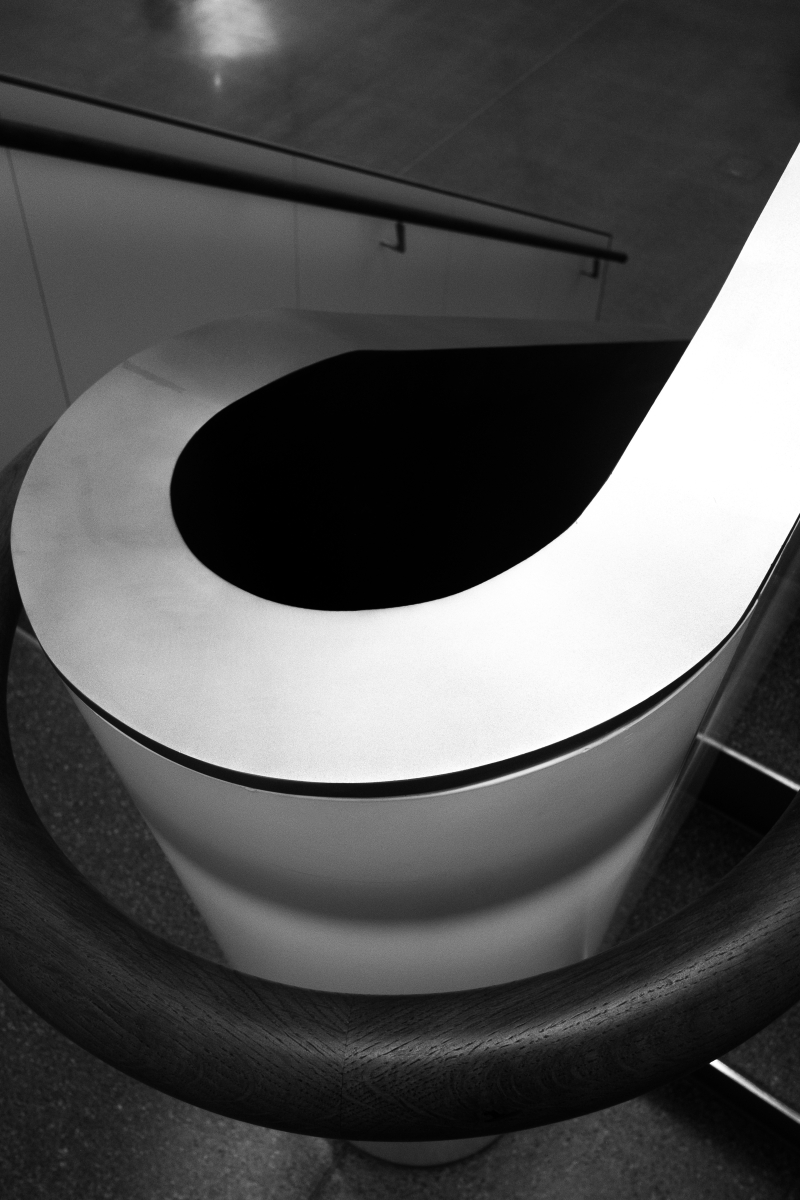
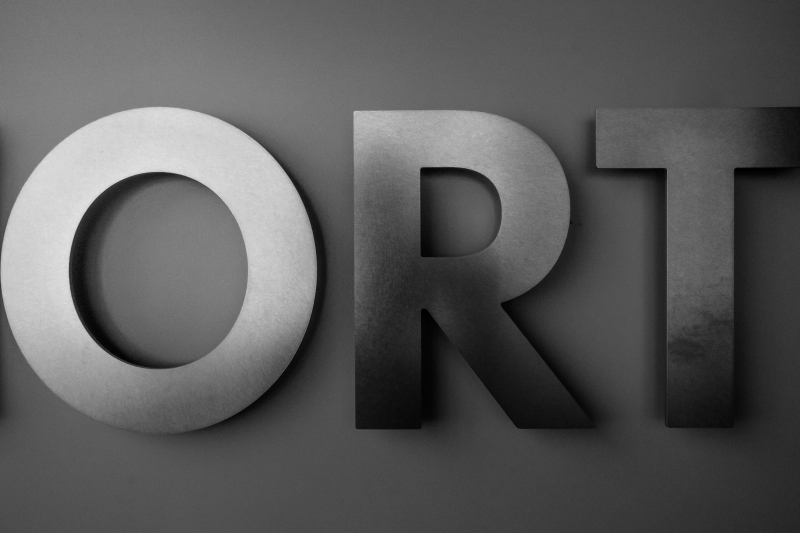
Ouriel Morgensztern
For its second intervention exhibition, the Heidi Horten Collection turns its focus to the Viennese photographer Ouriel Morgensztern, who engaged with the museum and its architecture in a highly personal way. His approach is deliberately subjective: instead of capturing the whole, Morgensztern concentrates on details that—through radical framing, extreme close-ups, and the interplay of light and shadow—gain an entirely new formal and aesthetic quality. He consistently manages to strike a balance: the architecture of the building is both present and absent in his photographs. The same holds true for the visitors and the art for which the museum was created. Though physically absent, they remain constantly evoked.
22 October 2025 to 12 April 2026
This duality of presence and absence runs through Morgensztern’s artistic practice. It is also central to one of his most recent projects, in which he retraces the Viennese film locations of the classic The Third Man. Its central figure, Harry Lime, believed to be dead, is absent for much of the film, yet still drives the narrative—just as the museum building itself is simultaneously present and absent in Morgensztern’s work.
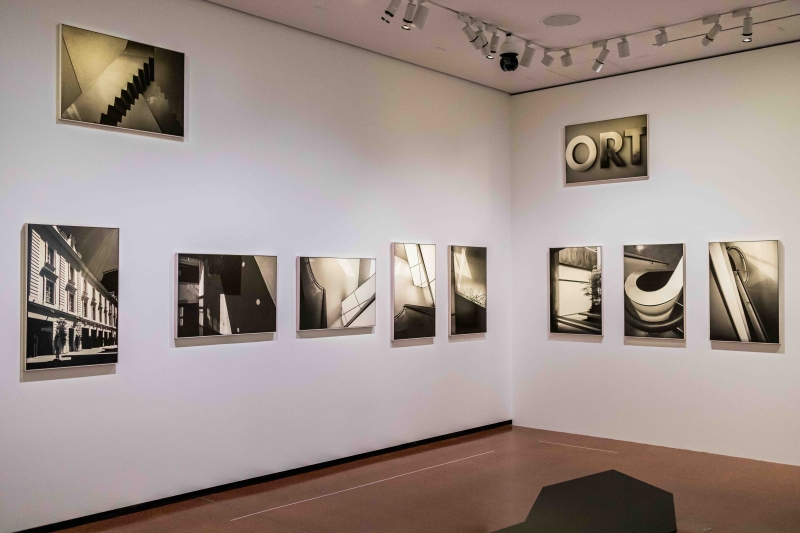
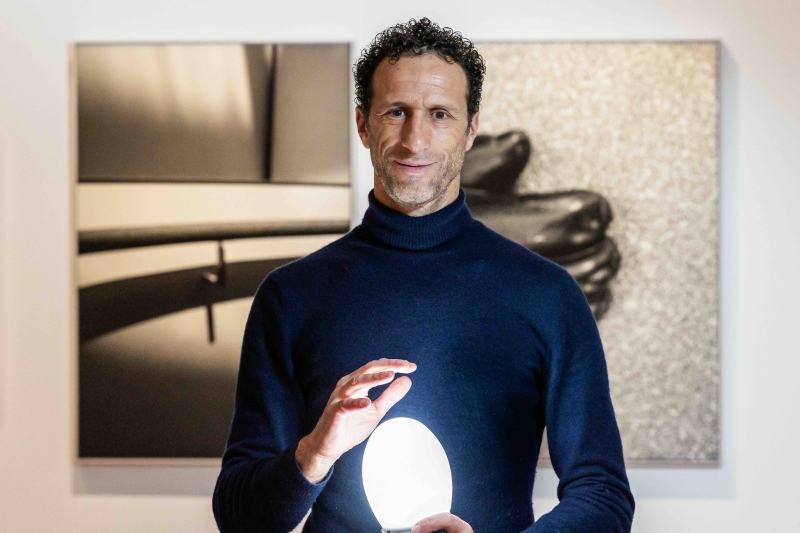
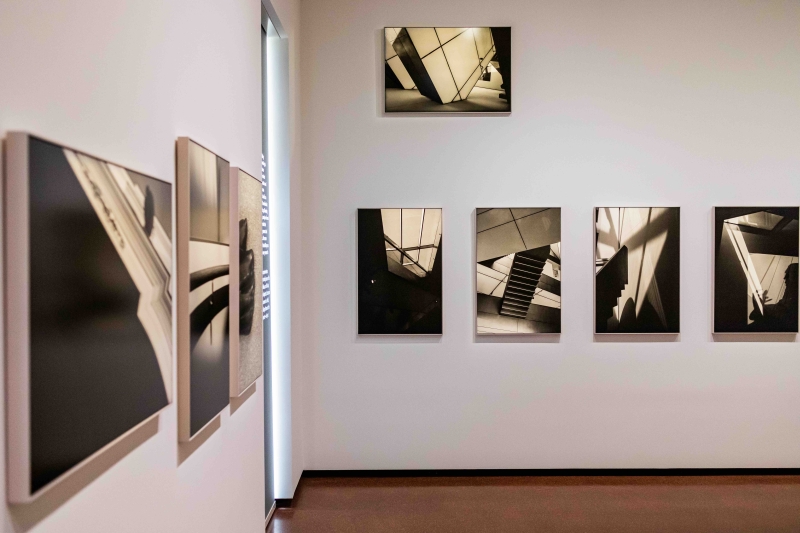
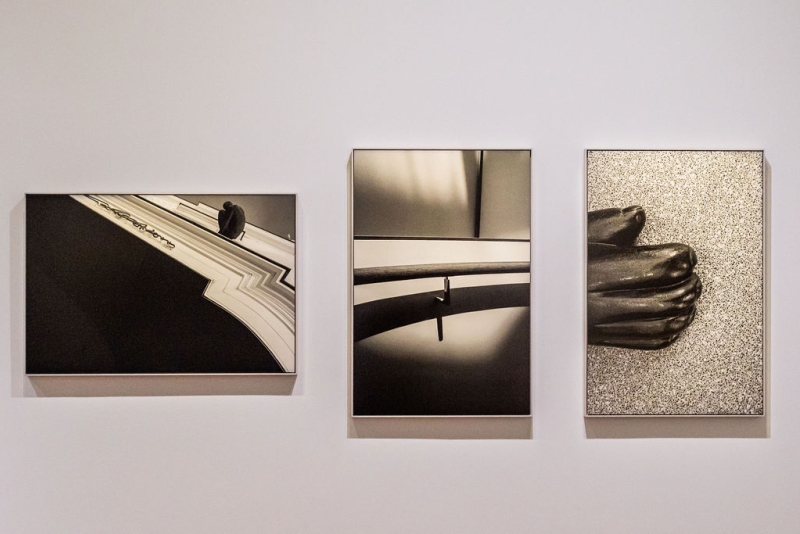
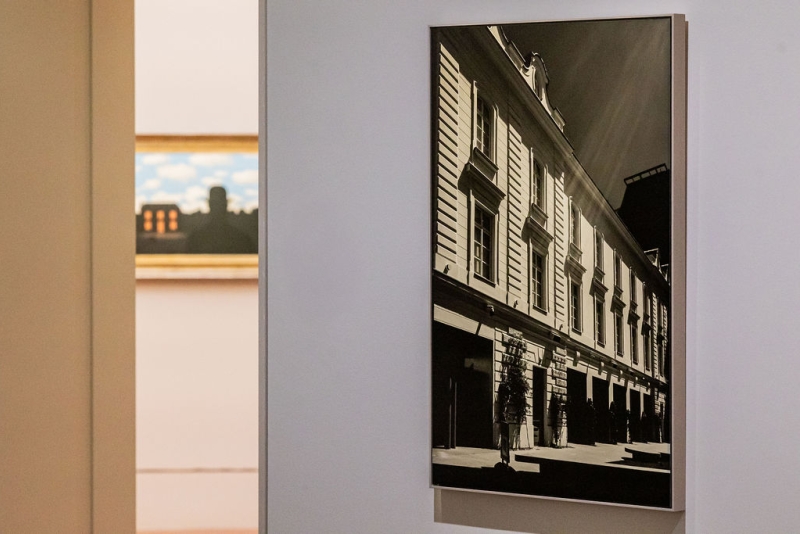
Exhibition View ORT, Heidi Horten Collection, 2025
EXHIBITION
INTERVENTION
CO₂ntext
An Artistic-Scientific Climate Project in the Hanuschhof
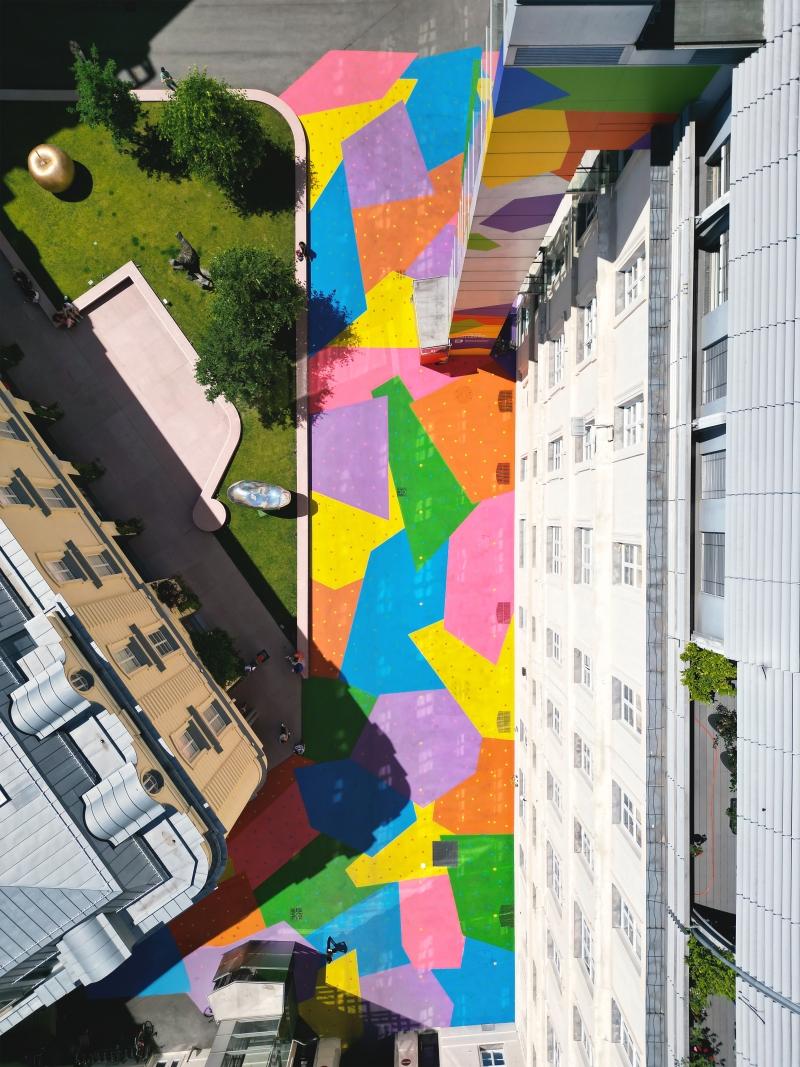
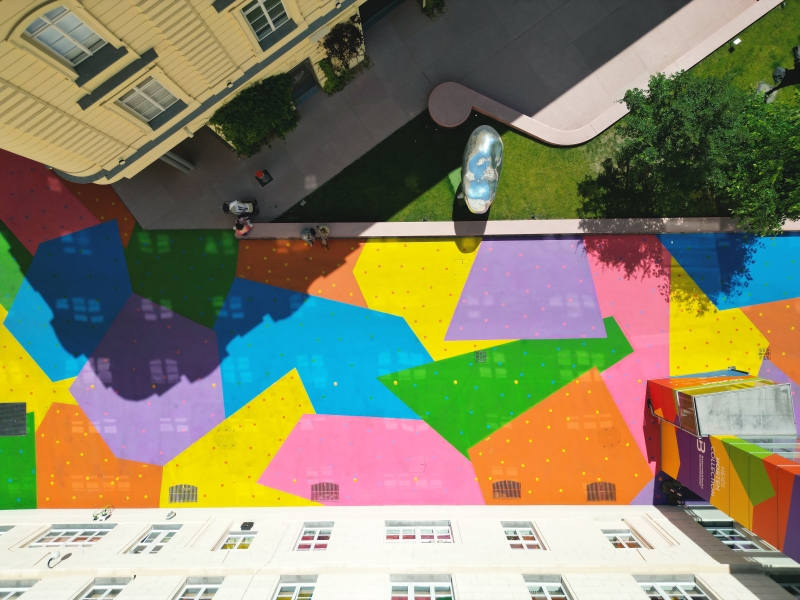
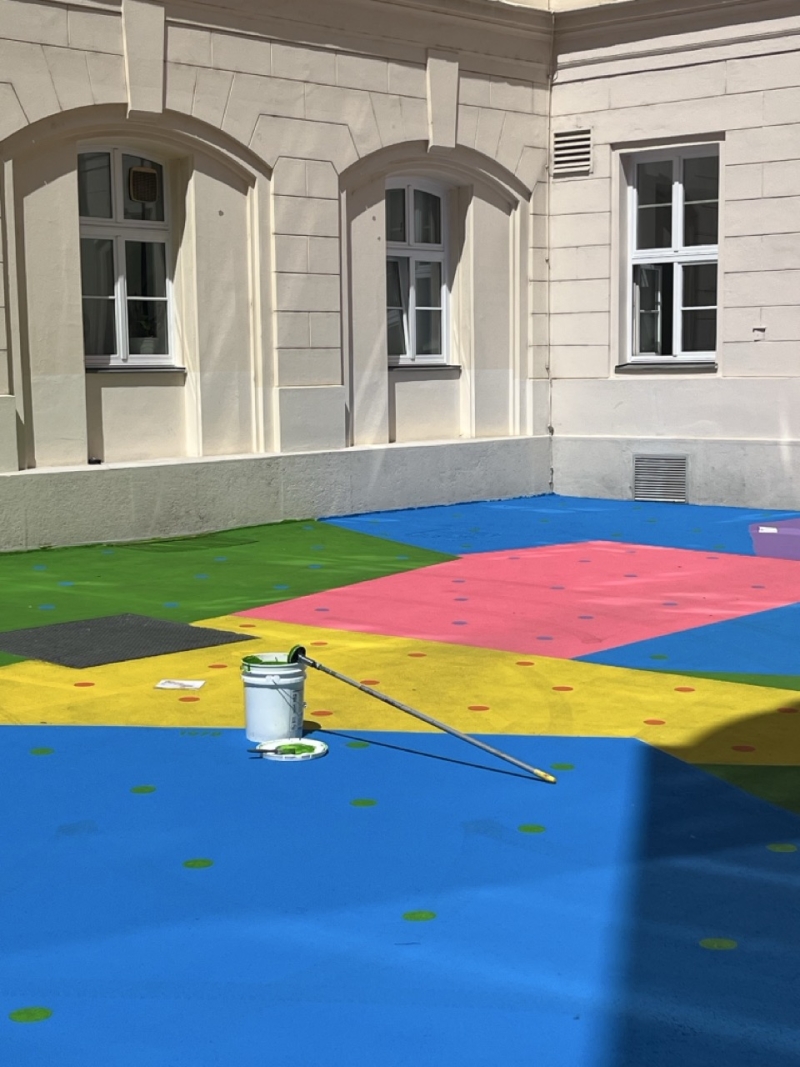
Design: Holla Hoop
With CO₂ntext, the Heidi Horten Collection, in collaboration with Bundestheater-Holding and ART for ART, is sending a powerful message for climate awareness and sustainable urban design. At the heart of the project lies a vibrant ground mural in the Hanuschhof, designed by the Graz-based artist collective Holla Hoop. The special UV-reflective paint used lowers the ambient temperature by at least 5 °C and thus improves the microclimate - a benefit for museum guests, employees and local residents.
The visual design consists of 40 colored areas, each symbolizing a year. Each dot represents one billion tons of CO₂ - an artistically translated archive of global emissions.
since June 10, 2025
The project is supported by Prof. DI Dr. Hans-Peter Hutter, an environmental health expert at the Medical University of Vienna. He has long been researching the effects of climate change on human health and is committed to making scientific findings accessible to the public. His studies explore the impact of heat and air pollution, the spread of invasive species, and even the psychological effects of extreme weather events – including post-traumatic stress. Lesser-known phenomena such as “ecological grief” – often observed where familiar landscapes are irreversibly altered by climate change – also form part of his research.
Technical background: Light-colored surfaces reflect the sun's rays better than dark asphalt, which counteracts the formation of urban heat islands. CO₂ntext shows how small urban interventions can have a big impact and offers a model for sustainable urban design with international appeal.
THE LINE
A short idea by Wassily Kandinsky (1919)
A line can do many things.
Each kind of line makes its own small world.
Some lines are strict.
Some lines are very free.
Step by step, the line becomes free from the tool.
In the end, a line can express anything.
— Wassily Kandinsky, On Line (1919)
About the exhibition
Title: Die Linie (The Line)
Dates: 19 September 2025 – 8 March 2026
This exhibition is about the line.
A line is a basic part of visual art.
A line can:
show a personal gesture;
be exact and planned;
structure a surface;
define shapes;
mark edges and borders;
separate things and also connect them;
show time and space;
show reality or create an illusion;
catch ideas and the imagination.
We start with drawing.
Then we show how artists today use the line in new ways.
Some artworks move the line into the room.
You can sometimes walk through the work.
The line can help us think about society and politics.
Artists in the exhibition
The exhibition shows works by these artists:
Pierre Alechinsky
Karel Appel
Kader Attia
Jean-Michel Basquiat
Pierre Bismuth
Angela Bulloch
Rosemarie Castoro
Christo and Jeanne-Claude
Marie Cool Fabio Balducci
Carola Dertnig
Marcel Duchamp
Fred Eerdekens
Amy Feldman
Dan Flavin
Lucio Fontana
Günther Förg
Lucian Freud
Gego (Gertrud Goldschmidt)
Antony Gormley
Keith Haring
Alexej Jawlensky
Donald Judd
Birgit Jürgenssen
Reena Saini Kallat
Wassily Kandinsky
Žilvinas Kempinas
Kiluanji Kia Henda
Paul Klee
Gustav Klimt
Edgar Knoop
Joseph Kosuth
Brigitte Kowanz
Edward Krasiński
Alfred Kubin
Roy Lichtenstein
Constantin Luser
Piero Manzoni
Agnes Martin
Henri Matisse
Vera Molnár
François Morellet
Nick Oberthaler
Helga Philipp
Pablo Picasso
Giulia Piscitelli
Sigmar Polke
Jackson Pollock
Dieter Roth
Fred Sandback
Sonia Sanoja
Egon Schiele
Chiharu Shiota
Cy Twombly
Franz West
Andy Warhol
Intervention: Chiharu Shiota — Letters of Love (2022)
What you see
One room is full of bright red threads.
The threads go from the ceiling to the floor.
Inside the web are many white papers.
They look like letters, loose pages, or small wings.
The papers seem to spiral and move.
From far away, the red threads look like a shimmering curtain.
The work changes the room.
You can walk inside the space.
What it means
Chiharu Shiota turns the line into a three-dimensional web.
She calls this a spatial drawing.
The work is about memory, loss, and human connections.
The project is participatory.
Visitors can take part.
Image credit: Chiharu Shiota, Letters of Love, 2022. Installation view, MOCA Jacksonville, Florida, USA. Photo: Doug Eng. © 2025 the artist.
ORT — Ouriel Morgensztern (Intervention Exhibition)
Dates: 22 October 2025 – 12 April 2026
This exhibition shows photos by Ouriel Morgensztern.
He is a photographer from Vienna.
How he works
He looks at the museum in a personal way.
He does not show the whole building.
He shows details.
He uses strong framing and very close views.
He plays with light and shadow.
The photos get a new look and new forms.
In the photos, the building is present and also not present.
Visitors and artworks are also not visible, but you can feel them.
This idea is important in his work:
presence and absence at the same time.
Morgensztern also made a recent project in Vienna.
He visited places from the classic film The Third Man.
In the film, the main figure Harry Lime seems dead and absent.
But he still drives the story.
In the same way, the museum building is present and absent in his photos.
CO₂ntext
The Heidi Horten Collection, together with Bundestheater-Holding and ART for ART, has launched a special art project called CO₂ntext.
The goal: To make the city cooler, greener, and more pleasant.
What can you see?
At the Hanuschhof, just next to the museum, you’ll now find a colorful painting on the ground. It was created by the artist collective Holla Hoop from Graz.
The paint is special – it reflects sunlight and cools the ground by at least 5 degrees Celsius. That makes the area more comfortable for visitors, staff, and neighbors.
What does the painting mean?
There are 40 color fields – each one stands for a year.
Each painted dot represents one billion tons of CO₂ emissions.
It’s an artistic way of showing the history of global emissions.
Since when?
The artwork has been on display since June 10, 2025.
Who supports the project?
Professor Hans-Peter Hutter from MedUni Vienna is providing scientific support.
He studies how climate change affects our health.
He praises CO₂ntext as a hopeful and creative example of how art can support climate action.
Why does it matter?
Bright surfaces reflect the sun better than dark asphalt, which helps prevent heat in the city.
CO₂ntext shows that even small projects can have a big impact – and can even inspire cities around the world.

